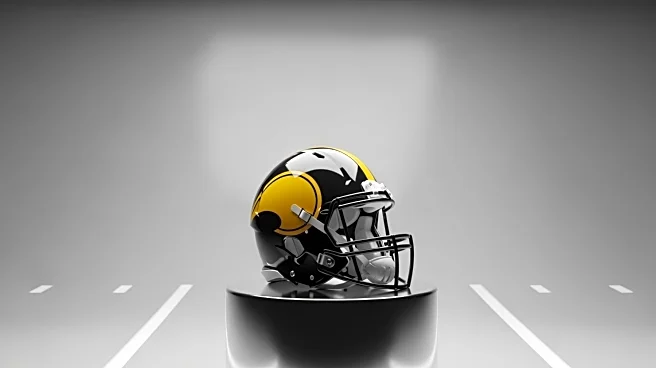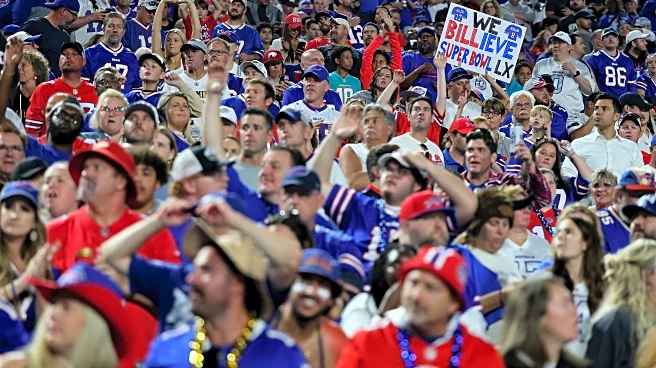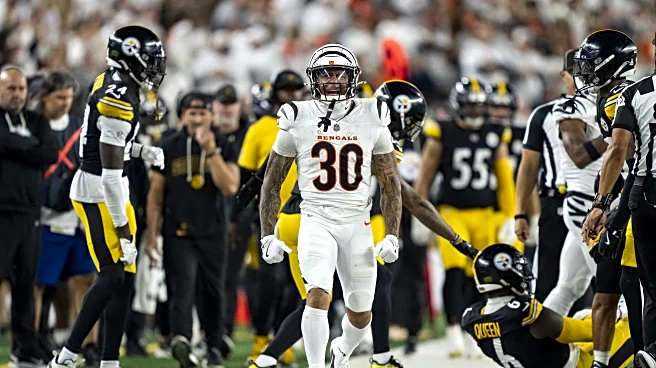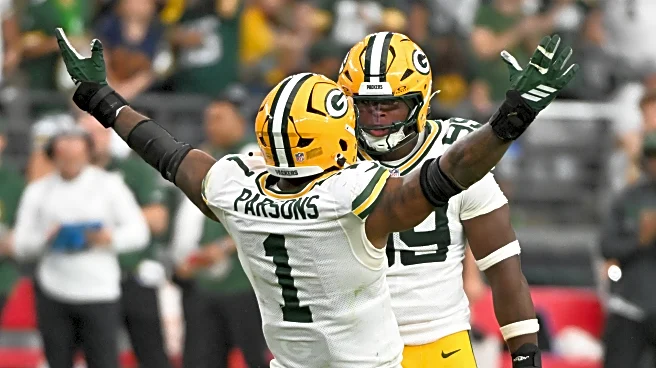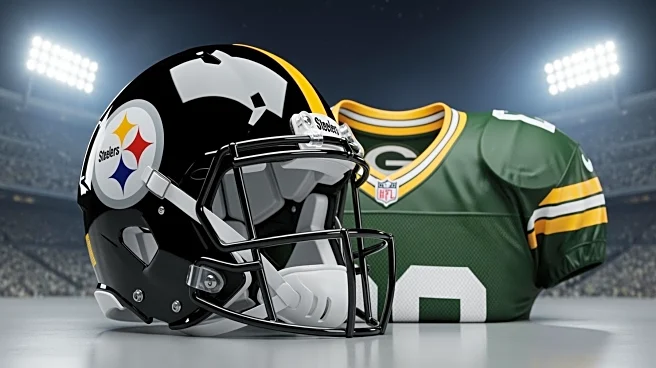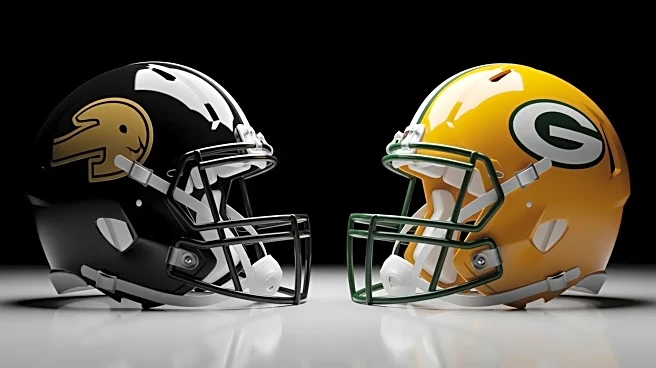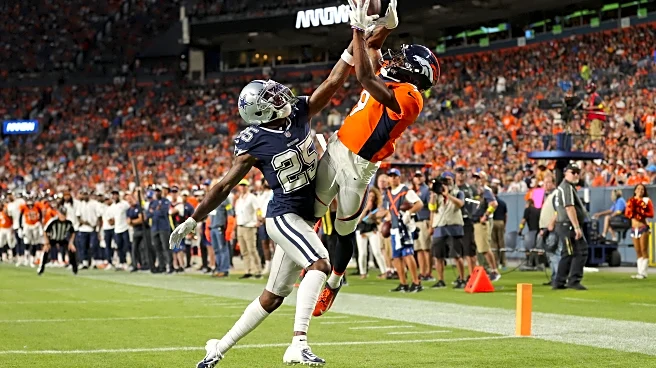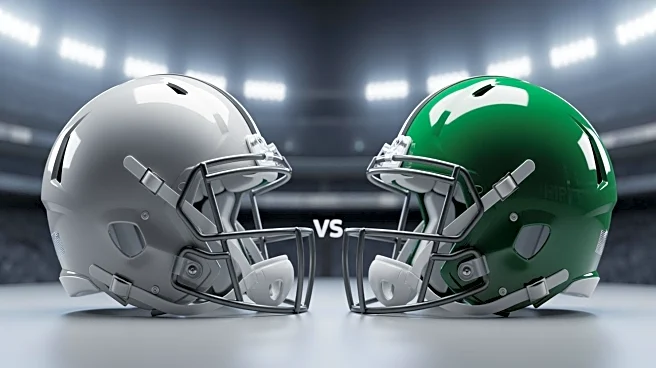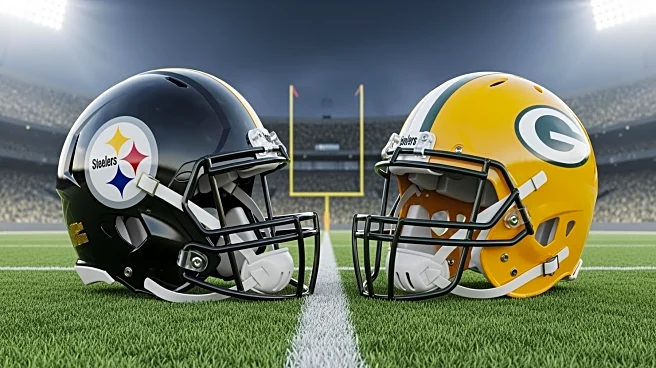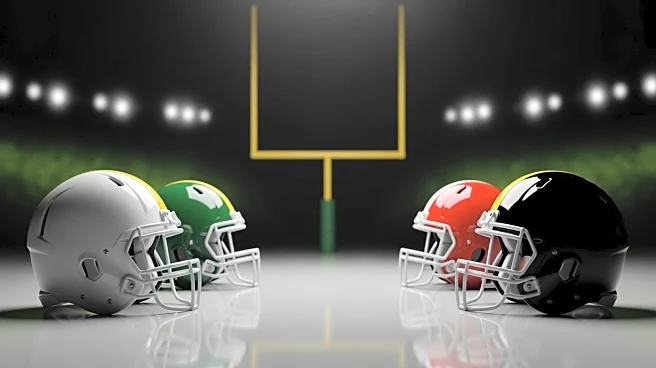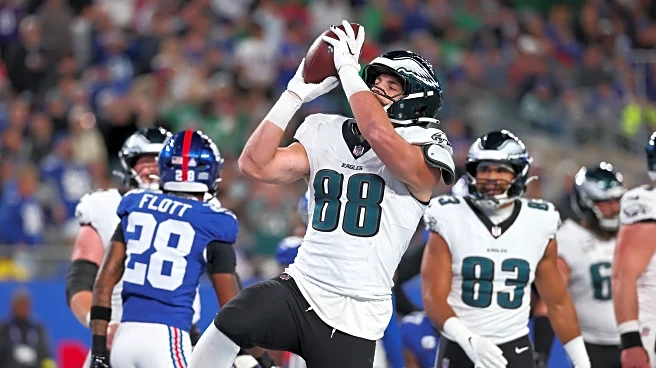What's Happening?
The Pittsburgh Steelers are facing criticism from fans over their choice of throwback jerseys for their game against the Green Bay Packers. The jerseys, which date back to 1933, feature gold with black stripes and large block letters, along with the City
of Pittsburgh crest. The helmet has a gold matte finish with a gray facemask. Fans have expressed strong opinions on social media, with many criticizing the aesthetic of the uniforms, comparing them unfavorably to other teams' throwback designs. Despite the backlash, the Steelers are focused on their performance, aiming to capitalize on the Cincinnati Bengals' loss to the New York Jets to take a lead in the AFC North.
Why It's Important?
The choice of uniforms has sparked a debate about tradition versus modern aesthetics in sports. While throwback jerseys are often used to honor a team's history, they can also impact public perception and fan engagement. The Steelers' decision to wear these jerseys during a high-profile game against the Packers has drawn attention to the balance between honoring tradition and maintaining a strong brand image. The controversy highlights the influence of fan opinions on team decisions and the importance of aligning team identity with public expectations.
Beyond the Headlines
The criticism of the Steelers' jerseys underscores the cultural significance of sports uniforms and their role in team identity. Uniforms are not just functional; they are symbolic representations of a team's heritage and values. The backlash may prompt teams to reconsider how they incorporate historical elements into their branding, balancing nostalgia with contemporary design preferences. This incident also reflects broader trends in sports marketing, where fan engagement and brand loyalty are increasingly shaped by visual and cultural factors.
